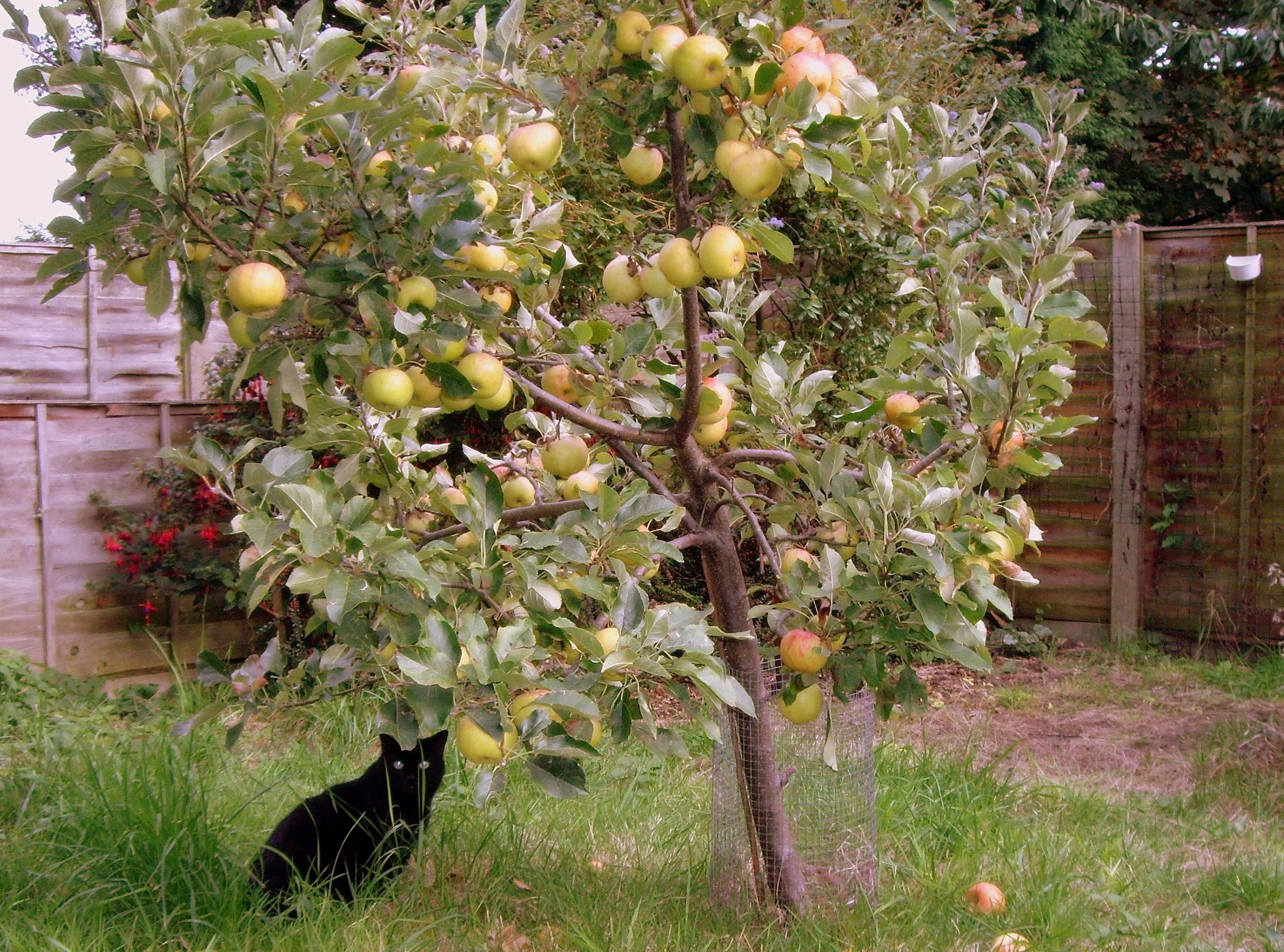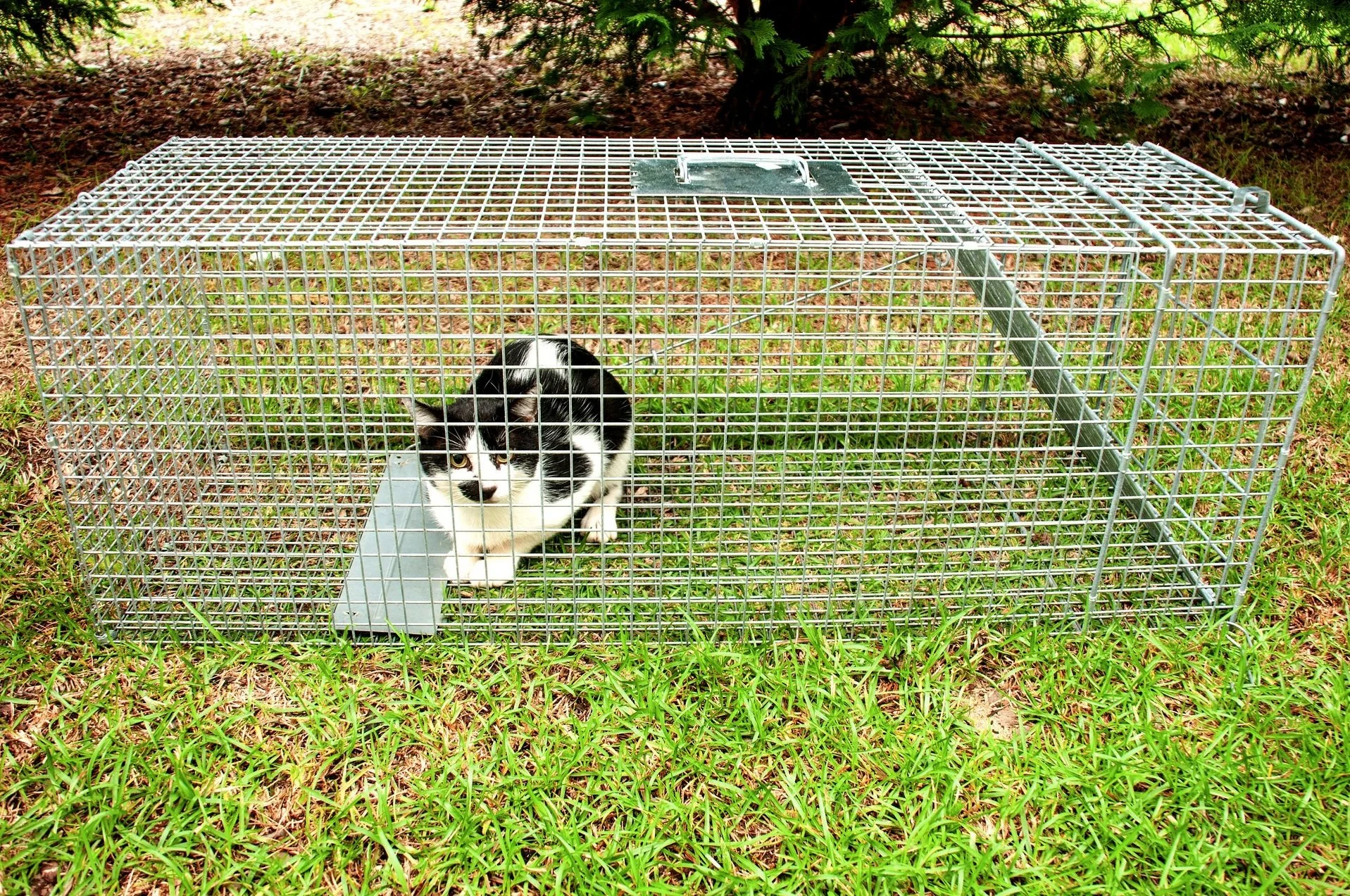CLEVER CLOGS - Brainpower is the strength required to trap a feral cat
“You’ll never catch this one!” is too often the welcoming gambit when we arrive at a site. Do people expect us to pounce on the cat, wrestle it to the ground in order to restrain it and then put it in a basket? We are hardly equipped for a physical match with a cat, instead we use our brains, to entice the cat into a trap.
Before we go into any detail, we have to answer three questions we are often asked by the public:
“Can’t you just throw a coat or blanket over the cat?”
Whereas a domestic cat may enjoy the game of rushing underneath sheets and blankets when the owner makes their bed, a feral cat would be petrified of a big moving object and disappear like lightening. Should we be so “lucky” to seize a feral cat that way, what would we then do with this frantic scratching, biting bundle?
“Can’t you feed them tranquillisers?”
Certainly not for feral cats in an open space, we have no idea where the cat will be several minutes later when the sedation becomes effective. It could go to sleep in a dangerous place.
“Can’t you dart it?”
The use of tranquilliser darts is restricted to large wild animals as a last resort and performed by specially trained and authorised marksmen.
Having ruled these methods out, are we ready for the battle of wits?
Feral cats hear and see very well, and any disturbance can spoil our trapping; utmost quiet and discipline are two important requirements, the other two are cat psychology and patience. I am often asked what the secret of my success in trapping is, the answer - “cats wait - and I can wait longer”. Since we lure the cats into the trap with food, it is important that they are hungry on the day and all feeding has been stopped the night before. Only a very hungry cat will enter this unfamiliar box and many trapping attempts were entirely fruitless when the carers had fed “only a bit” before we came.
When people try to “help”…
Well-meaning people have cut bushes down and moved fences to make our work easier with the result that the cats have disappeared altogether! It is vital that the cats are unsuspecting and, if possible, do not see and hear us at all; instead of discussing our trapping plan in the garden we make a plan inside, making the traps ready before we finally take them outside and lay a trail of tiny food morsels, before leading the string from the manual trap back into the house through a gap in a door or window (we can be selective with a manual trap, preferred for large colonies).
A cat safely caught in an automatic trap
Inside, we remain still whilst we watch the cats approach, hiding behind a curtain or, if in a car, piece of cardboard with a viewing slot. I wish I had the latter idea many years ago when we tried to trap a group of feral cats in a car park behind an office block. Attracted by the smell of food, twelve or so cats appeared immediately, looked into our car and went again; they were only used to seeing empty cars. I cut three holes, for eyes and nose, into my dark woollen 50p jumble sale hat, whilst my driver lay across the back seat. The cats soon reappeared and this time, thinking the car was unoccupied, one was caught immediately. Excited by my success I rushed out to cover the trap. To the great amusement of the onlooking office workers, I had forgotten to remove my balaclava, fortunately we had introduced ourselves when we arrived!
In order to avoid any commotion and to calm the captive cats down we cover the trap as quickly as possible and move it out of sight, if possible, into a house where we can transfer the cat through the side-panel of the trap into a suitable transfer basket, and so that the trap can be used immediately for the next cat. If we deal with a group of cats, it is advisable to appear on site two hours before the usual feeding time and avoid making any associated noises such as rattling biscuits etc. The cats may pass incidentally one by one and can be caught without the others watching and becoming trap shy.
© Elke de Vries – Cat Action Trust 1977


